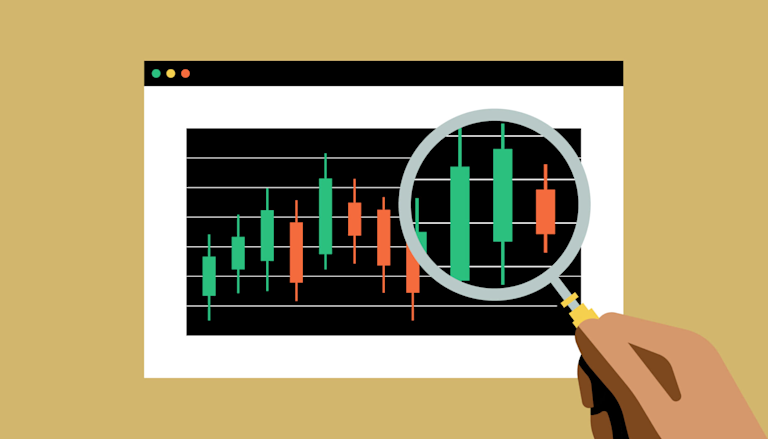
Understanding Crypto Trading Indicators: A Comprehensive Guide
In the rapidly evolving landscape of cryptocurrency trading, understanding the various Crypto Trading Indicators https://cellexcel.org/press%20releases/2014/NanoViricides%20President%20Dr.%20Diwan%20to%20Present%20at%20the%20Wall%20Street%20Analyst%20Forum%20Today,%20June%2019th,%20in%20New%20York%20City.html is crucial for both novice and seasoned traders. This article provides in-depth insights into some of the most reliable indicators used in crypto trading to help traders make informed decisions.
What are Crypto Trading Indicators?
Crypto trading indicators are statistical calculations based on historical price and volume data. Traders use these indicators to forecast future price movements and identify market trends. Indicators are classified into two main categories: leading indicators, which predict future price movements, and lagging indicators, which confirm past trends.
Types of Crypto Trading Indicators
1. Moving Averages (MA)
Moving averages smooth out price action by filtering out the “noise” from random price fluctuations. The two most common types are the Simple Moving Average (SMA) and the Exponential Moving Average (EMA). MAs can indicate potential support and resistance levels and are often used in conjunction with other indicators to validate trends.
2. Relative Strength Index (RSI)

The RSI is a momentum oscillator that measures the speed and change of price movements. Ranging from 0 to 100, it is typically used to identify overbought or oversold conditions in a market. A reading above 70 indicates that an asset may be overbought, while a reading below 30 suggests it may be oversold.
3. Moving Average Convergence Divergence (MACD)
The MACD is a trend-following momentum indicator that shows the relationship between two moving averages of a security’s price. Traders use the MACD to identify potential buy or sell signals based on crossovers, divergences, and trends.
4. Bollinger Bands
Bollinger Bands consist of a middle band (SMA) and two outer bands that are standard deviations away from the SMA. They provide insights into market volatility. When the bands widen, it signals increased volatility, while a contraction suggests decreased volatility. This can help traders identify potential breakout points.
5. Volume Indicators
Volume indicators, such as On-Balance Volume (OBV) and Volume Rate of Change (VROC), analyze trading volume to confirm trends. A rising price accompanied by increasing volume is generally considered a bullish sign, while a price decline with increasing volume can indicate a bearish trend.

Combining Indicators for Better Insights
Using a single indicator can sometimes give misleading signals. Successful traders often combine different indicators to develop a more comprehensive analysis. For example, combining the RSI with moving averages can help traders better understand not only when to enter a trade but also when to exit.
Common Mistakes to Avoid
While indicators can be powerful tools, there are common pitfalls traders should avoid:
- Over-Reliance on Indicators: No indicator is perfect; they should be used as part of a broader trading strategy.
- Ignoring Market News: Fundamental events can impact price movements significantly and should not be overlooked.
- Using Too Many Indicators: Having too many indicators can lead to confusion and contradictory signals.
Conclusion
Understanding and utilizing crypto trading indicators can considerably enhance your trading strategy. By integrating various indicators and remaining vigilant about market conditions, traders can gain a clearer perspective on the cryptocurrency market. As the market continues to evolve, so too should your strategies and tools, ensuring you remain adept at navigating this dynamic environment.
Remember, successful trading is not solely about following indicators but combining them with sound risk management practices and continuous learning.

